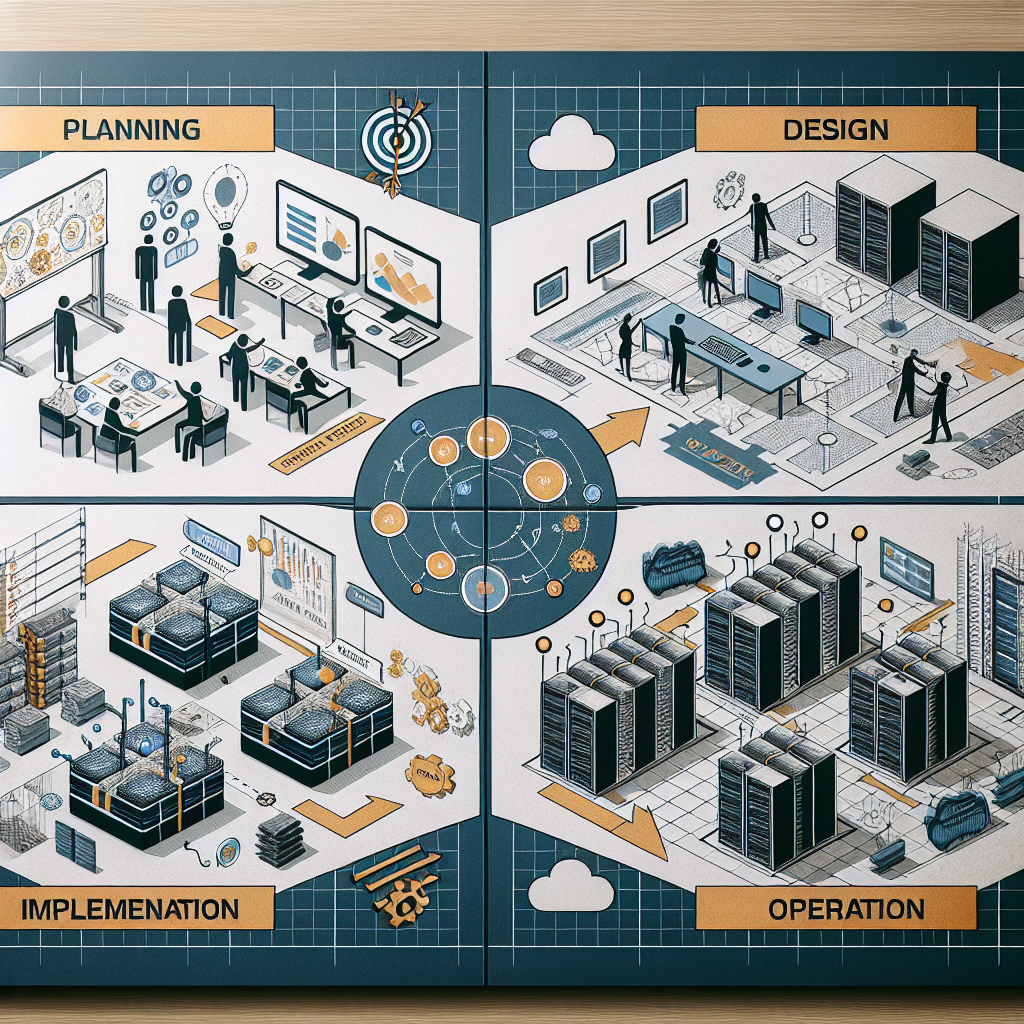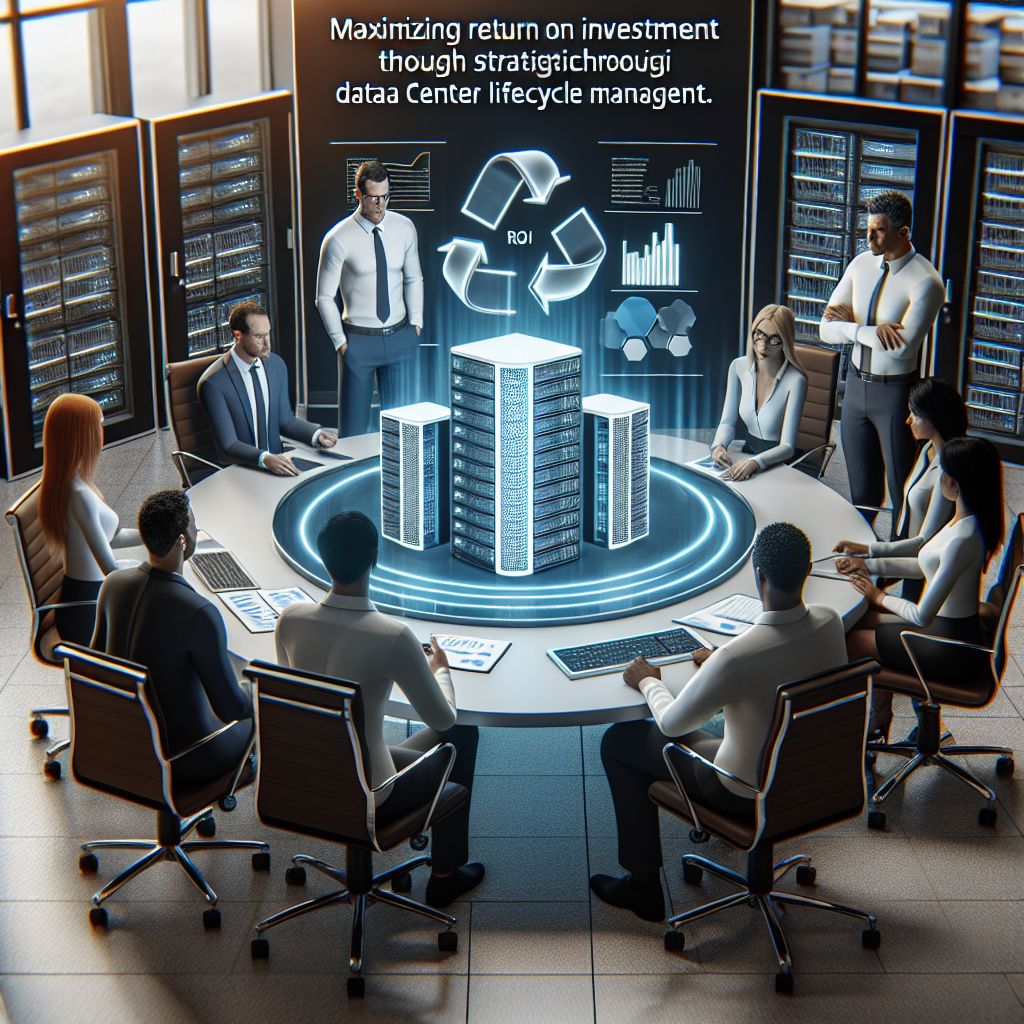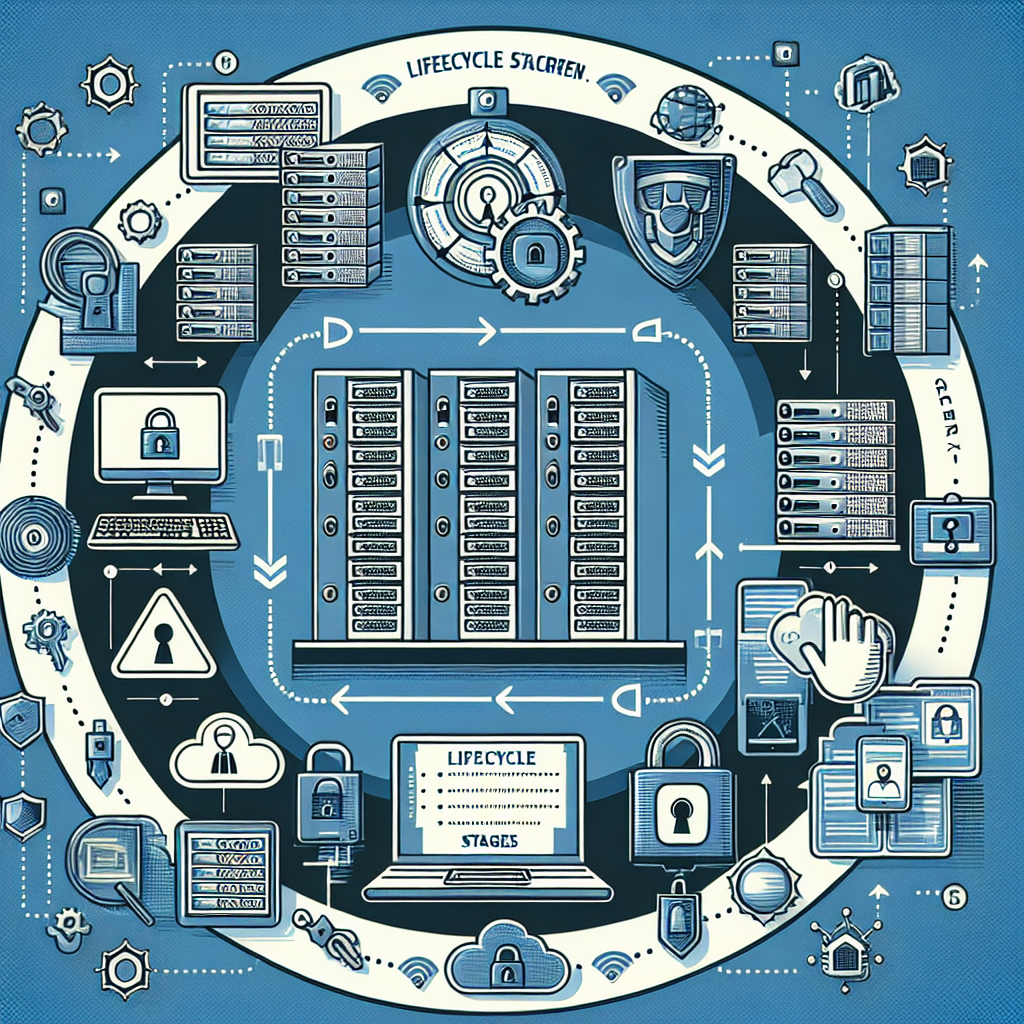Data centers are a vital part of modern businesses, providing the infrastructure and resources needed to store, manage, and process data. However, managing a data center is not a one-time task – it requires careful planning, design, implementation, and operation to ensure optimal performance and reliability. This process is known as data center lifecycle management, and it consists of four key stages: planning, design, implementation, and operation.
The first stage of data center lifecycle management is planning. During this stage, businesses must determine their data center requirements, including capacity, redundancy, security, and scalability. This involves assessing current and future data storage needs, as well as considering factors such as power and cooling requirements, network connectivity, and disaster recovery plans. By carefully planning the data center layout and infrastructure, businesses can ensure that their data center meets their needs both now and in the future.
The second stage of data center lifecycle management is design. Once the planning stage is complete, businesses can begin designing their data center infrastructure. This involves creating detailed schematics and blueprints that outline the layout of the data center, including the placement of servers, storage devices, networking equipment, and other components. The design phase also includes selecting the right hardware and software solutions, as well as considering factors such as energy efficiency, cooling systems, and physical security measures.
The third stage of data center lifecycle management is implementation. During this stage, businesses must physically build and configure their data center infrastructure according to the plans and designs created in the previous stages. This may involve installing servers, networking equipment, and storage devices, as well as setting up power and cooling systems, cabling, and security measures. Implementation also includes testing and validating the data center infrastructure to ensure that it meets performance and reliability requirements.
The final stage of data center lifecycle management is operation. Once the data center is up and running, businesses must actively manage and maintain their data center infrastructure to ensure optimal performance and reliability. This includes monitoring and managing power and cooling systems, performing regular maintenance and upgrades, managing data storage and backups, and implementing security measures to protect against cyber threats. By effectively managing the operation of their data center, businesses can ensure that their data is secure, accessible, and reliable at all times.
In conclusion, data center lifecycle management is a critical process that businesses must undertake to ensure the optimal performance and reliability of their data center infrastructure. By following the four stages of planning, design, implementation, and operation, businesses can build and maintain a data center that meets their current and future data storage needs. By carefully managing each stage of the data center lifecycle, businesses can ensure that their data center remains a valuable asset that supports their operations and growth.










